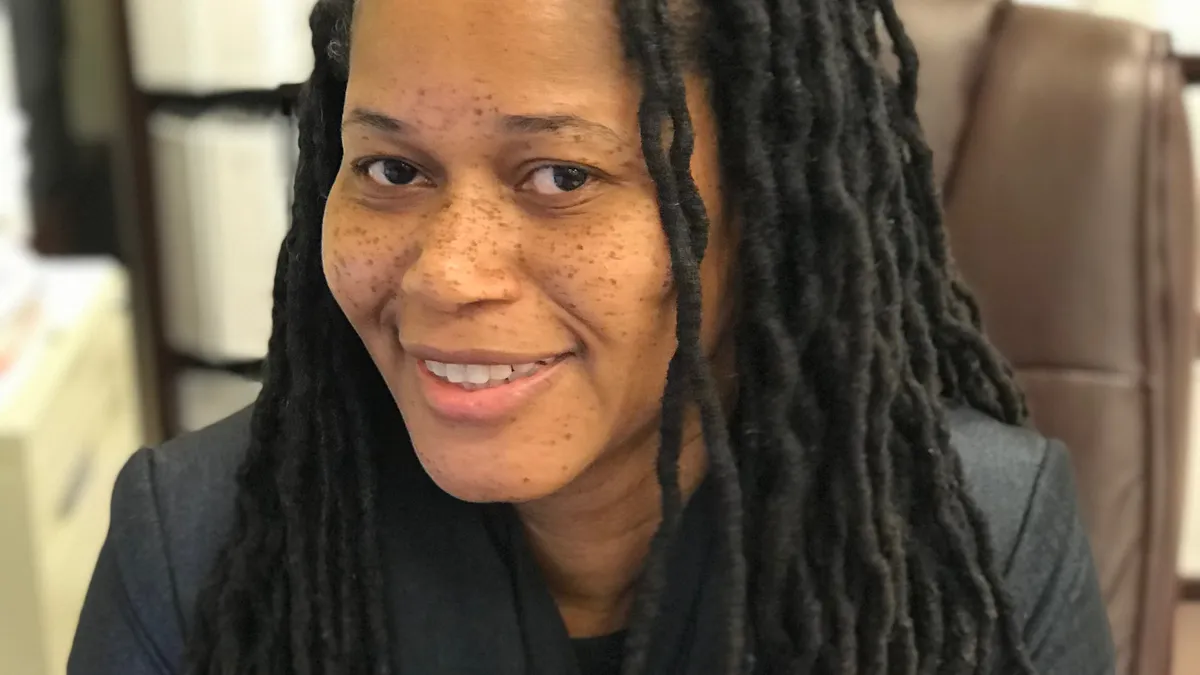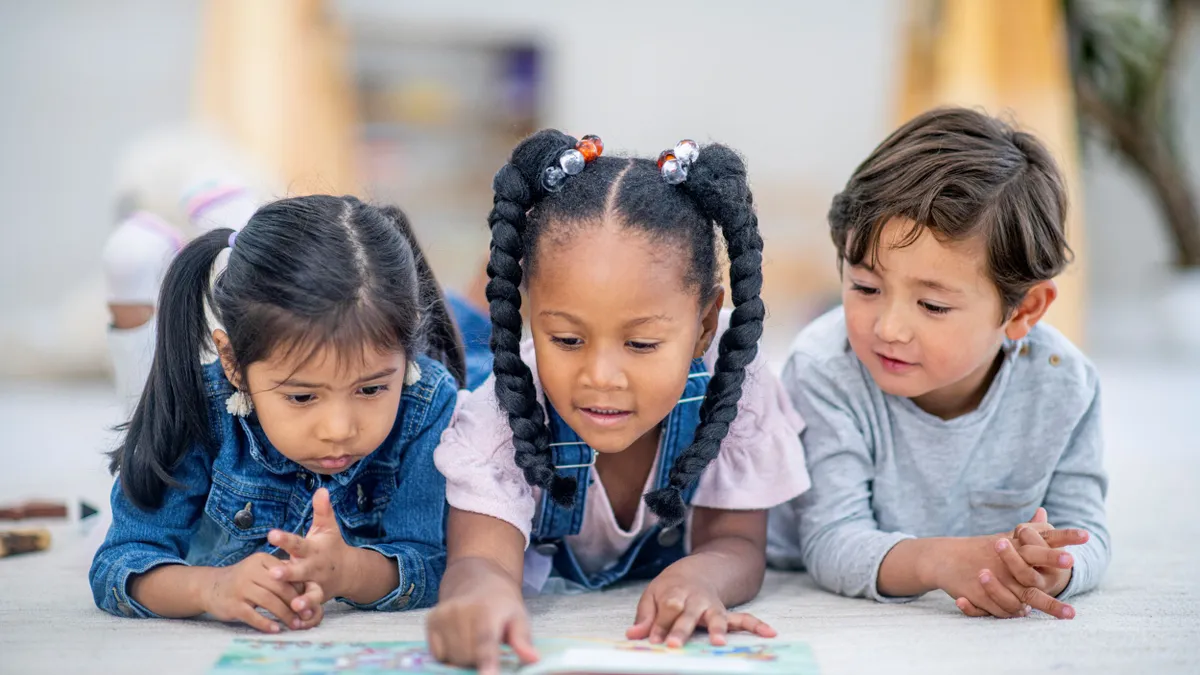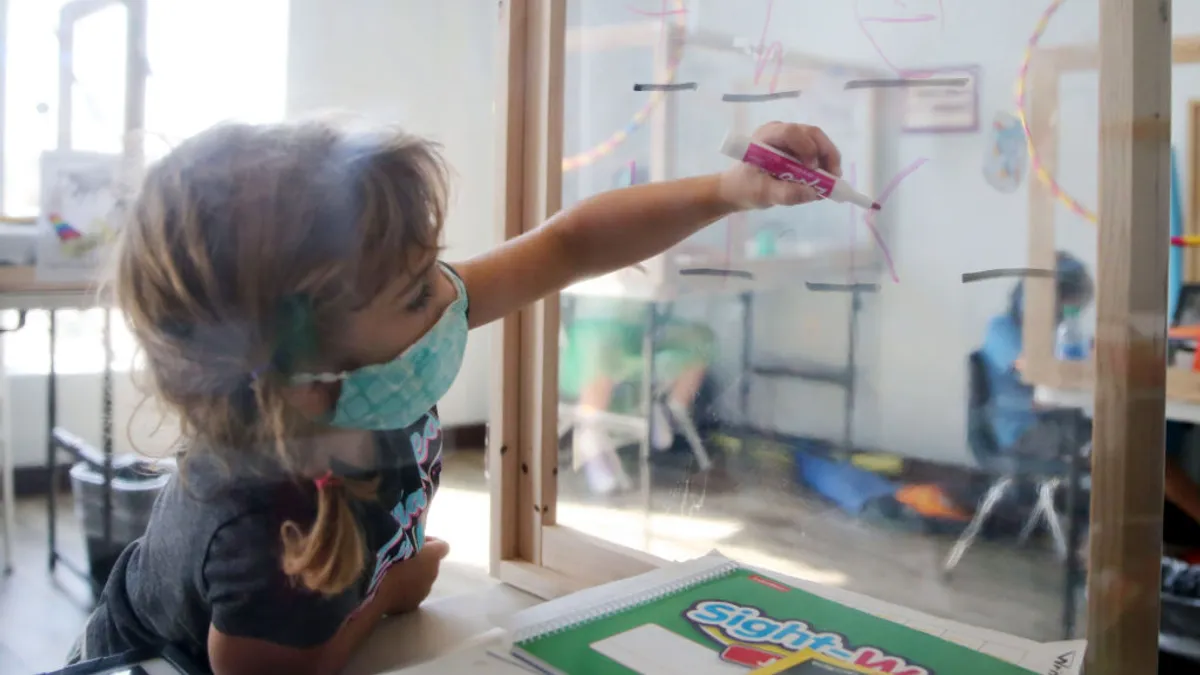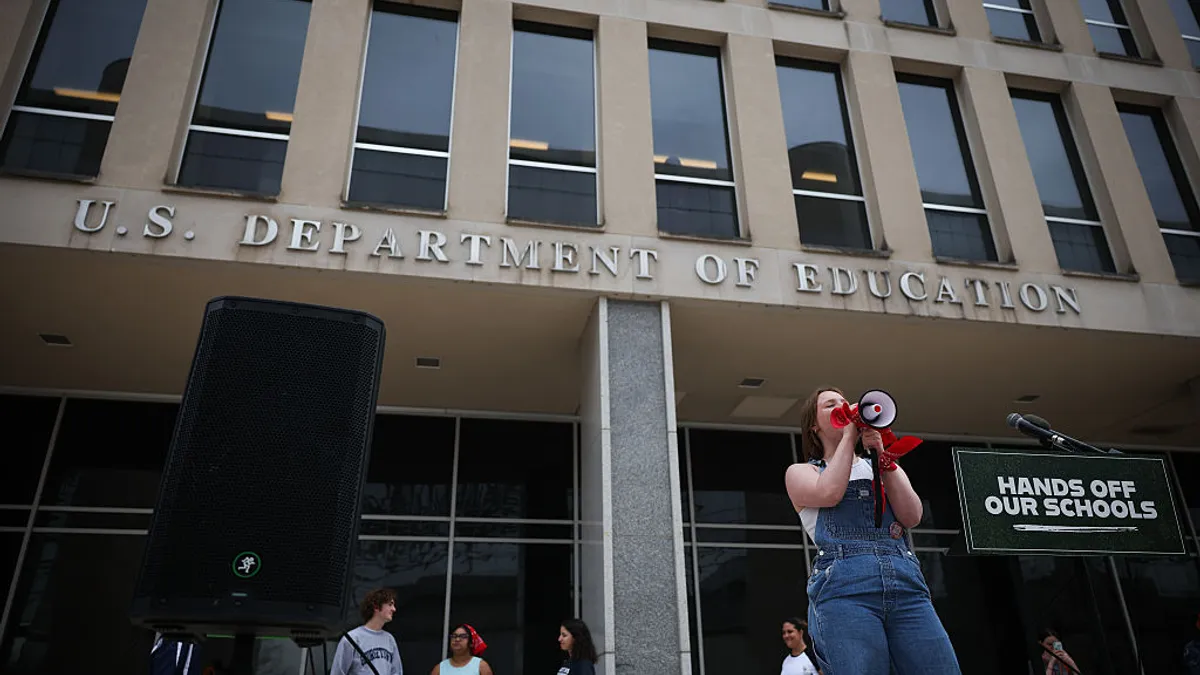This is the first installment of Teachable Moments, a new series of columns written by administrators, for administrators, to share challenges faced and the lessons learned from them. Phoebe Grant-Robinson is principal of P.S. 253 in New York City.
This month marks the one-year anniversary of the onset of the COVID-19 pandemic prompting school closures and an unexpected shift to full remote learning across our nation. Upon the announcement by New York City Mayor Bill de Blasio on March 15, 2020, that public schools would close to prevent the spread of COVID-19, we had just three days to orchestrate a full academic shift to a remote world.
As a principal, it saddened me to know that my students would not have physical access to our building, the resources or staff members. But we were successful in making remote learning a reality in the epicenter of the pandemic in the U.S., and there were many lessons learned in the process.
As de Blasio's announcement was in progress, I reached out to a new teacher on staff who demonstrated creative use of technology during prior classroom observations. For a smooth and quick transition to remote learning, we explored potential websites and resources that would require minimal effort for families and teachers to gain access.
I made the decision to begin our remote teaching with Google Sites, enlisted a couple more teachers who also demonstrated proficiency in their use of technology and orchestrated a schoolwide plan of support with clear targets. In exactly three days, all staff were trained in creating and launching their class websites using Google Sites. And all students and their families gained immediate access to asynchronous lessons.
In February 2020, we finalized winter MAP Growth Math and Reading benchmark assessments. As teachers created their websites, concurrently, they collaborated in grade teams using the data acquired from our recent routine assessment period. They engaged in data analysis to target relevant skills as they planned asynchronous lessons to cover a period of three weeks.
However, during the second week of school closures in March, de Blasio announced New York City Public Schools would remain closed for an indefinite period. This meant we needed to pivot to acquire a new set of technological skills to ensure our students’ access to high-quality teaching and learning. As a result, we adopted Google Classroom as our learning management system.
Google Classroom allowed us to continue the provision of asynchronous instruction while immediately affording the opportunity to host synchronous, live instruction. Finally, after three weeks of school closure and asynchronous learning, our students would be able to see their teachers and classmates.
But nothing could have prepared us for what we would experience when our cameras turned on and Zoom sessions began. Many students and families were absent, both physically and emotionally. Our newly acquired technology afforded the opportunity for access, but that wasn’t enough. Our students and families were suffering due to the direct impact of COVID-19 in their lives alongside the loss of a stable environment — our school. We had no idea the extent, until our virtual learning was fully activated.
Creating a remote experience with a sense of community
According to the National School Climate Center, “school climate includes major spheres of school life such as safety, relationships, teaching and learning, and the environment as well as larger organizational patterns (e.g. from fragmented to shared; healthy or unhealthy). These dimensions not only shape how students feel about being in school, but these larger group trends shape learning and student development.”
A critical question had arisen: How do we create a remote experience that replicates the sense of community and quality of teaching and learning we’d begun to successfully establish in brick-and-mortar? Through communication and collaboration, we were able to transition to fully remote learning and learn new skills to navigate the technology we relied upon as the sole resource in mitigating the disruption of learning for our students.
There was a clear vision and a plan to foster the collaboration needed for teachers to be successful. But Google Meet and Zoom sessions became virtual windows, highlighting and bringing us closer to the sadness and losses our students and families were becoming all too familiar with.
To experience any measure of sustainable success during the period of COVID-19 school closures and civil unrest resulting from the killing of George Floyd, there was a clear urgency in addressing the social-emotional well-being of our students and their families. Empathy and the belief in our students required us to recharge our connection with the school community.
I tapped into the "two C’s of success": communication and collaboration. Prior to the pandemic, the presence of these two C’s functioned as the bedrock upon which we were able to further student outcomes and enhance teacher practices schoolwide.
During the pandemic, it became the wings that lifted our school community through what will be captured as a stark period in educational history worldwide. Amid the cloudy days, we are now on a clear course, rebuilding toward a new normal as we facilitate the enhancement of social-emotional and academic outcomes for all students, to re-establish the heart and soul of our school while demonstrating empathy and high expectations.
In April of 2020, we fully reverted to our norms and values. First, we organized all school personnel in collaboration toward sharing a resounding message of hope, synergy, perseverance, community and love for our students and families. This collaborative act would be a key practice leading to increased student attendance during synchronous learning, as well as strengthened connections among staff members.
Next, we leveraged two practices previously implemented when in the school building:
Mood Meter. Created by the Yale Center for Emotional Intelligence, the Mood Meter is a part of their RULER approach. It is a tool used to invite personal reflection, recognition and understanding of one’s emotional state. It invites conversation, connection and healing. Teachers implemented the use of the Mood Meter every morning to check-in with students. Meetings with staff and parents also incorporated time for checking-in using the Mood Meter.
Restorative Circles. Reintroducing Restorative Circles helped us to foster a remote learning community environment in which students were willing to be vulnerable, brave and supportive. We also introduced our parent engagement series, Connections & Conversations, to facilitate discussions about prevailing issues during the height of the pandemic and a period of civil unrest.
Lessons learned
Communication and collaboration will always set the stage for affirmative and healthy school culture and climate that purports enhanced outcomes for all students.
While the immediate school closure called for schools to adopt new technology and resources to mitigate the disruption of continuity in learning, our success depended on the leader’s ability to recognize the concurrent need to adapt practices with proven success in meeting the needs of the whole child.
Immediate preparation was productive because a clear goal and plan of action was shared, then teachers were given time to plan. Subsequently, my decision to reintroduce familiar practices to students, staff and families at a time when much of their experience was unfamiliar and discomforting resulted in: a sense of community during distant times, along with an increase in attendance and participation in our live instruction. We leaned into the 2 C’s, and our students and families leaned into us.






 Dive Awards
Dive Awards














